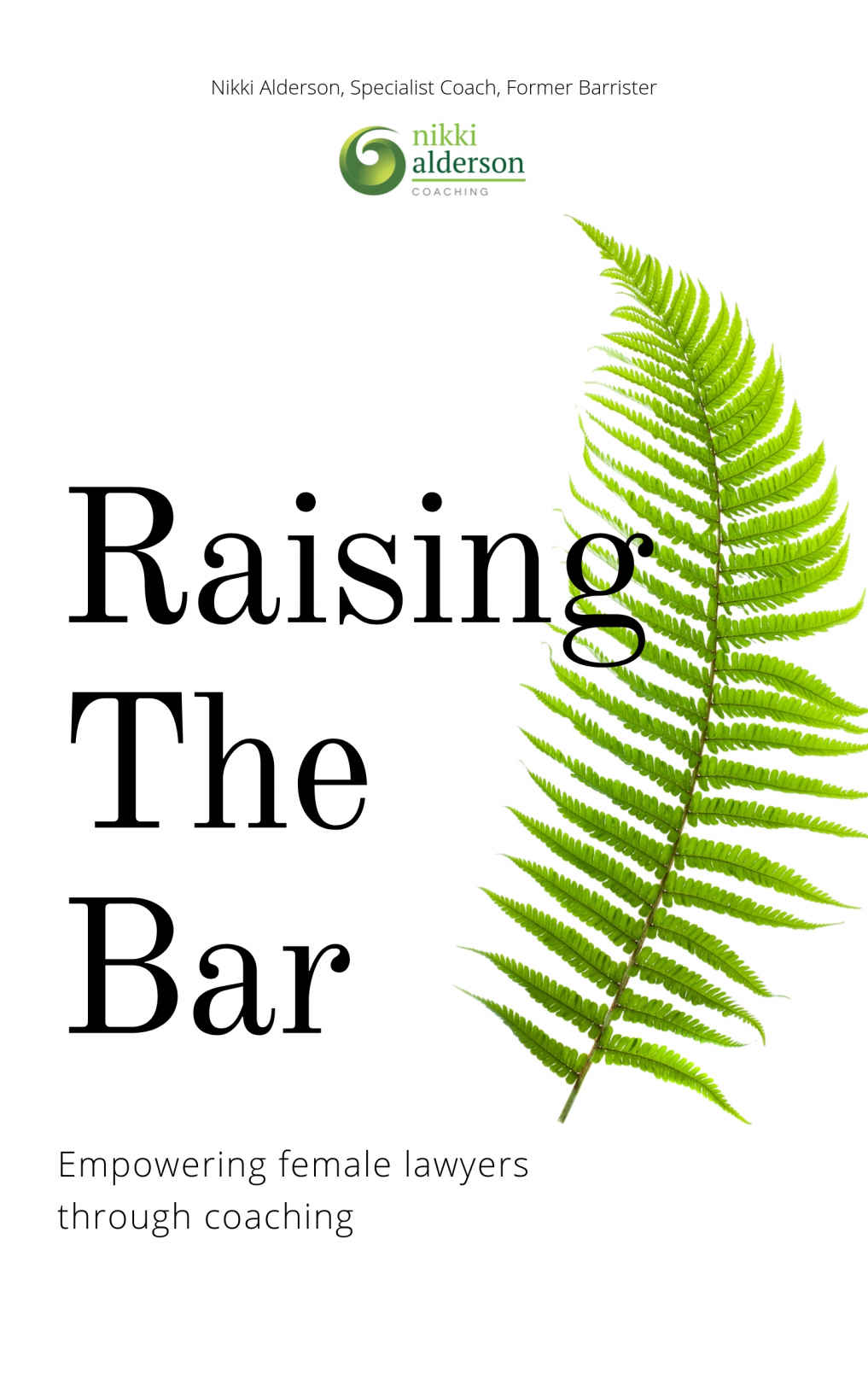Some struggle with using the actual word “no.” It is worth considering whether couching it, and using alternative words, reduces the power and sense of what we are trying to communicate. If we recognize and accept that there may be occasions when saying no is not just important but imperative, in practical terms how can we say no and still keep future opportunities flowing?
How to say no and still keep future opportunities flowing:
A great book recommendation on this challenging work-place topic is Geof McKeown’s Essentialism. He gives eight simple and effective examples of saying “no” without using the actual word, summarized below:
The direct no
On occasion, only the actual word ‘no’ will do. In this instance, it goes without saying that to be firm but polite will be most effective. A defensive or rude ‘no’ does little to curry favour and preserve ongoing relations.
The indirect no
There are also countless other ways to say no which need not offend nor cut of opportunity:
Delivery
If we pause before delivering a no, the person making the request will realise that it is a considered no, and not necessarily a decision that we have come to easily. More so, if we ask for some time to consider our response, we communicate that we are deliberating and not coming to a snap refusal.
Consider using humour to say no. By laughing of a request, any sense of awkwardness on our behalf or the other person can be dissipated. Having this conversation face to face, where we can use facial expressions to enhance the message, will be more effective than email where any sense of deliberation, disappointment or humour can be difficult to convey or detect.
Language
We can say words to the effect ‘it’s a no for now’. This allows all parties keep the requests coming, if not now, at a future, and not far distant, point. Alternatively, deliver a helpful no, and assist the other person find an alternative solution. Perhaps refer the request on to clerks to find someone else to deal with it, or suggest when you are next available, whether for that or another piece of work.
Boundaries
By setting automatic out-of-office email notifications during the day, not just whilst on holiday, we set our own boundaries. We communicate a ‘not right now’ message, and still allow for the conversation to continue at a point more convenient to ourselves.
If an unreasonable request is made, let’s say by clerks, answering with ‘Yes, but that will mean I don’t prepare X or Y’ will have the same effect as communicating an outright no, without sounding quite as unhelpful or difficult. An added bonus is it bringing into their consciousness the reasonableness (or otherwise) of their initial request.
Do you want to learn to say no? If so, what could you do?
Here is a reminder of some suggested questions to ask:
- What are my values and beliefs?
- Whose plan am I working to?
- To what am I prepared to say yes?
- How will I practice the next no?
- Which is my preferred “no” approach?
What will you do, and when?

Follow us here and subscribe here for all the latest news on how you can keep Thriving.
Stay up to date or catch-up on all our podcasts with Arianna Huffington here.


